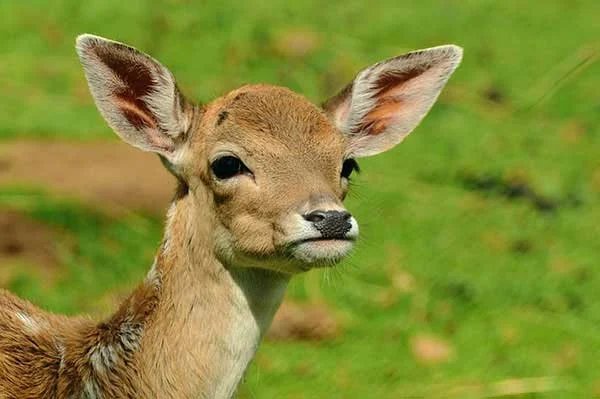
These adorable little animals are members of the Tragulidae family, which makes them unique among hoofed mammals. The mouse deer can be tricky to categorize because they have some traits that resemble both deer and other small mammals. Here’s a coffee chat about the common myths surrounding them, so you can appreciate these little wonders more fully!
Myth 1: Mouse Deer Are Just Miniature Deer
You might be thinking, “Aren’t mouse deer just small versions of regular deer?” Well, here’s the thing: they belong to a different family altogether. While they share certain physical features with deer, such as hooves and a similar body shape, mouse deer are more closely related to animals like antelopes and cattle.
Their small stature and squat bodies are adaptations to their environment. Living in dense jungles and underbrush allows them to navigate through thick vegetation that larger deer may not easily access. So, next time you hear someone call them “mini deer,” just remind them they’re their own special category of animal!
Myth 2: Mouse Deer Are Rodents
It’s easy to confuse the name “mouse deer” for something that’s part of the rodent family, but that’s another misconception. Despite the name, these creatures are not rodents. They belong to an ancient lineage called Artiodactyla, which includes pigs, camels, and yes—deer.
Visually, they may resemble a mouse in size, but evolutionary-wise, they are far from it. They have characteristics typical of ungulates, such as even-toed hooves. Understanding this helps highlight how diverse and fascinating the animal kingdom is and reminds us not to be quick to label things based on appearances alone.
Myth 3: Mouse Deer Can’t Jump or Run Fast
You might picture these small creatures as clumsy little beings that can’t keep up with their surroundings, but that’s another myth to bust. Mouse deer are surprisingly agile. In the wild, they’re adept at dodging predators and navigating the forest floor.
They may not leap vast distances like larger deer, but they can certainly make quick turns and dart away when necessary. This agility is part of what helps them survive in their natural habitat. So, if you ever come across a mouse deer in the wild, don’t underestimate its speed and quick reflexes!
Myth 4: Mouse Deer Are Strictly Herbivores
Like many deer, mouse deer primarily eat plants, but they are not strictly herbivores as you might think. Here’s where it gets interesting: they are actually omnivorous! Their diet can include fruits, leaves, and even small insects.
This dietary flexibility allows them to thrive in various environments, especially when food sources are limited. You might think of them as picky eaters due to their small size, but they’re adaptable critters that can make the most out of what’s available around them.
Myth 5: Mouse Deer Are Endangered Creatures
While it’s true that some species of mouse deer face threats from habitat loss and hunting, not all of them are endangered. For instance, the Indian mouse deer is relatively stable in its population, thanks in part to its widespread distribution across various habitats.
Conservation efforts are essential for those species that are at risk. However, it’s important to recognize that mouse deer aren’t universally endangered. This misunderstanding often arises from the general concern for wildlife and the failure to look deeper into specific species’ statuses.
Myth 6: Mouse Deer Are Solitary Animals
It’s often thought that mouse deer are lone wolves—err, deer. But in reality, they can be quite social! While they do exhibit solitary behavior, especially outside of mating seasons, they can also be found in small groups.
These groups typically consist of females and their young, while males may wander solo. During certain times of the year, you’ll find them socializing more as they come together for mating. So, the idea that mouse deer are entirely solitary is a bit one-sided. They have their moments of social interaction just like many other animals.
Myth 7: Mouse Deer Are Only Found in One Place
If you think mouse deer are limited to a specific region, you might be surprised to learn they inhabit various tropical forests, from Southeast Asia to parts of Africa. These creatures adapt well to different environments, thriving in dense jungles, mangroves, and even some subtropical areas.
This adaptability shows the resilience of nature. It also demonstrates how diverse ecosystems can support unique species. So, while you might associate them with one area, mouse deer are far from being confined to just one spot on the map.
The mouse deer is far more complex and fascinating than many myths suggest. From their classification to social behavior, these little creatures continue to surprise us. The next time someone mentions mouse deer, you’ll be equipped with a wealth of knowledge to set the record straight.
So, let’s celebrate these charming animals, debunk the myths, and appreciate their role in our ecosystems. They may be small, but their impact on biodiversity is anything but minor!
